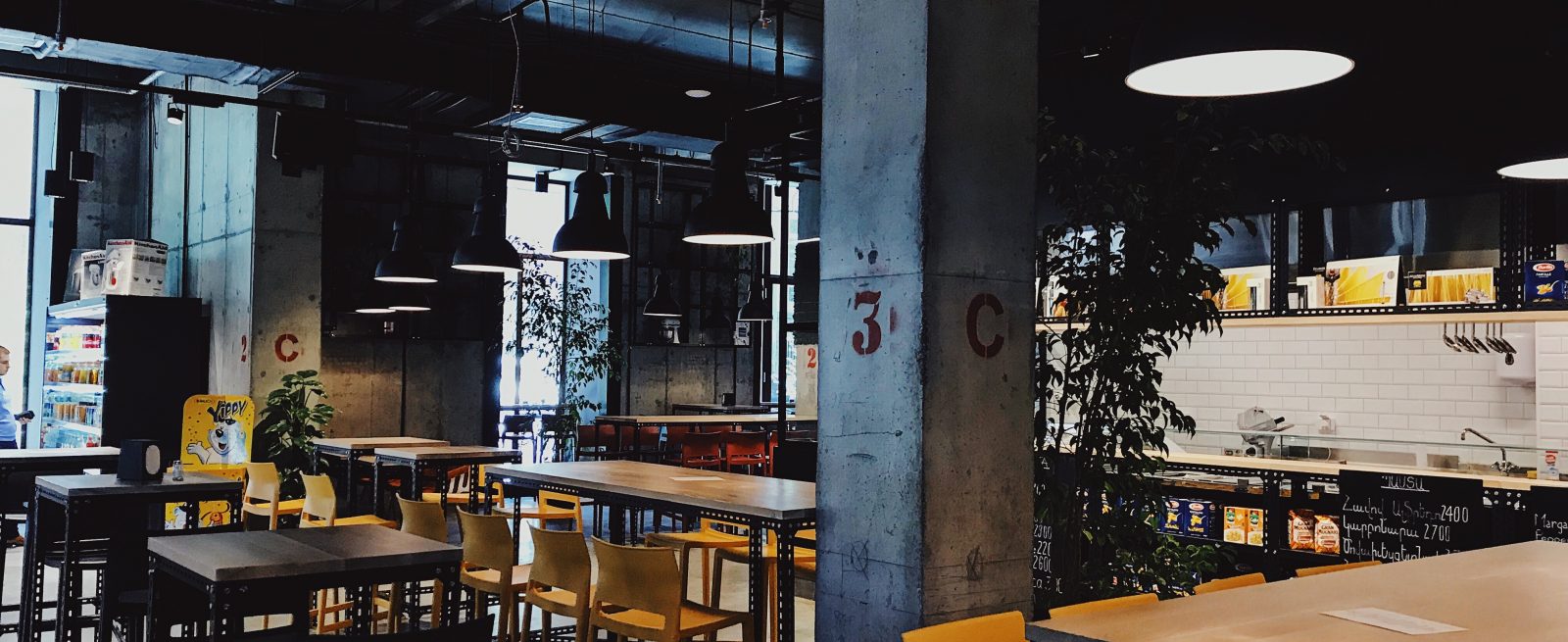The ROI of Restaurant Design
4 Min Read By Andrew Murphy
It used to be enough to open your restaurant in a good location, conjure up a mouthwatering menu and cultivate an atmosphere of bonhomie to charm your clientele. Looks were important, but far from everything. Now, in this Instagrammable era, diners demand to be dazzled by design as well as the food. A buzz surrounds the launch of each new design-rich restaurant and people queue around the block, waiting to feast their eyes…until the next one opens and they go in search of their next hit.
How large a role does design play in the success of a restaurant?
Now, we’re not sitting in judgement because who doesn’t love a beautiful space, but it does beg the question: just how large a role does design play in the success of a restaurant? And what’s the likely return on investment for the restaurants that take it seriously?
So how does this eye candy generate business and add to the profitability of a restaurant?
Social Media
Visually stunning restaurants draw young, social media-savvy patrons who love design-rich experiences. These customers share images online via social media, fueling the hype and driving new and repeat customers. While it’s impossible to put an accurate price tag on exactly how much a flashy space promoted in this way will add to your bottom line, it’s clearly has considerable value as ‘invisible’ marketing dollars.
Few people are better placed to comment on this topic than San Diego-based restaurant designer Paul Basile of BASILE Studio, the creative brains behind a raft of glamorous local restaurants and bars like Born & Raised, Ironside, Raised by Wolves, and Craft & Commerce.
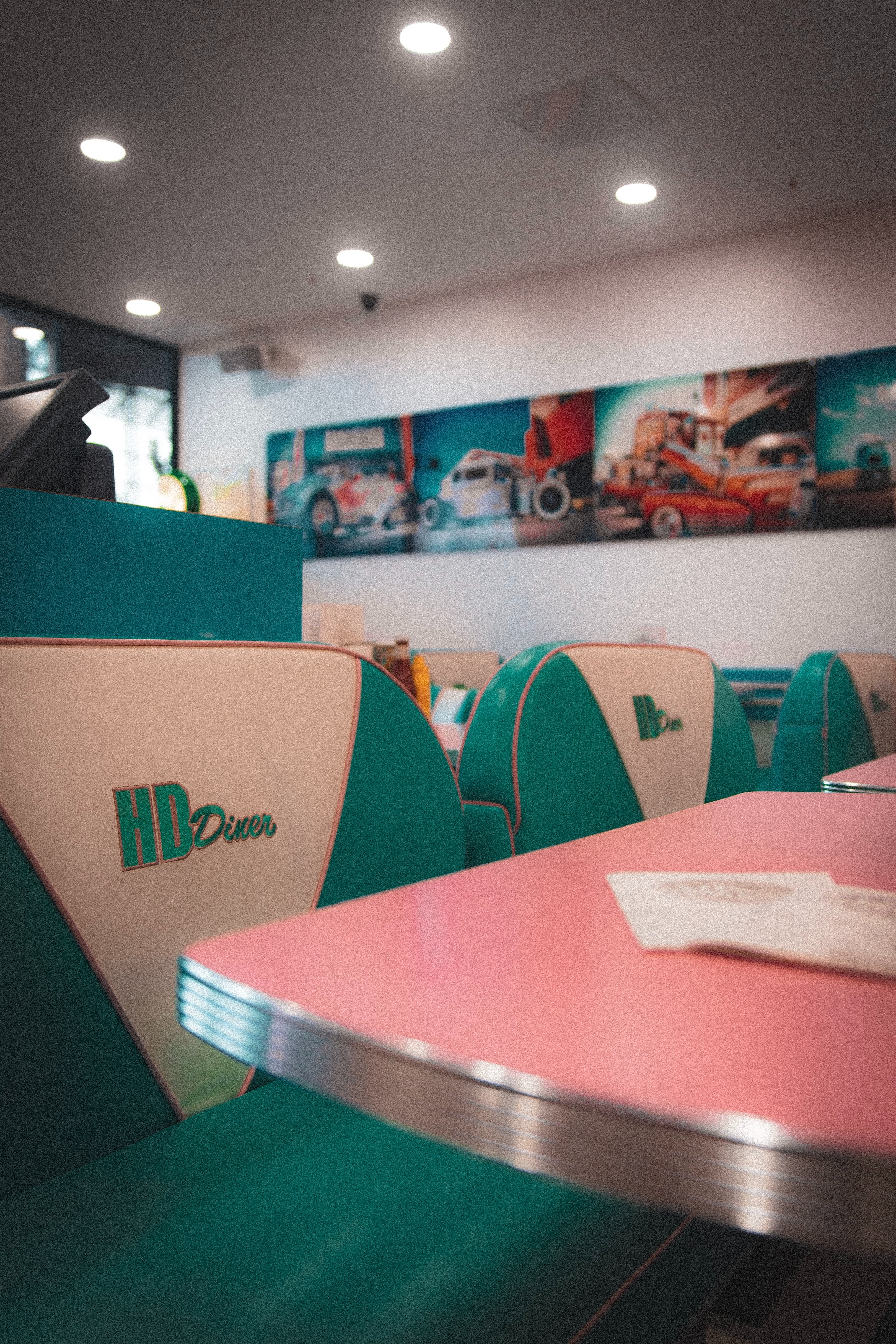
Basile says, “When Yelp began, everyone became a ‘foodie’, taking photos and posting their opinions. Restaurant operators focused on service, until they realized they needed to go above and beyond, and that included design. If you fill a space with eye candy, people keep coming back. It makes them feel elevated, as if they’re part of the restaurant’s success.”
Curb Appeal
It’s tough to stand out in a crowd at the best of times but a unique, eye-catching design will turn heads both online and on the ground. Never underestimate the advantage of the curb appeal that a beautiful restaurant has over its neighbors. It sets the tone before customers step foot inside then, done well, continues to wow throughout their dining experience. In some establishments, even the bathrooms become a talking point.
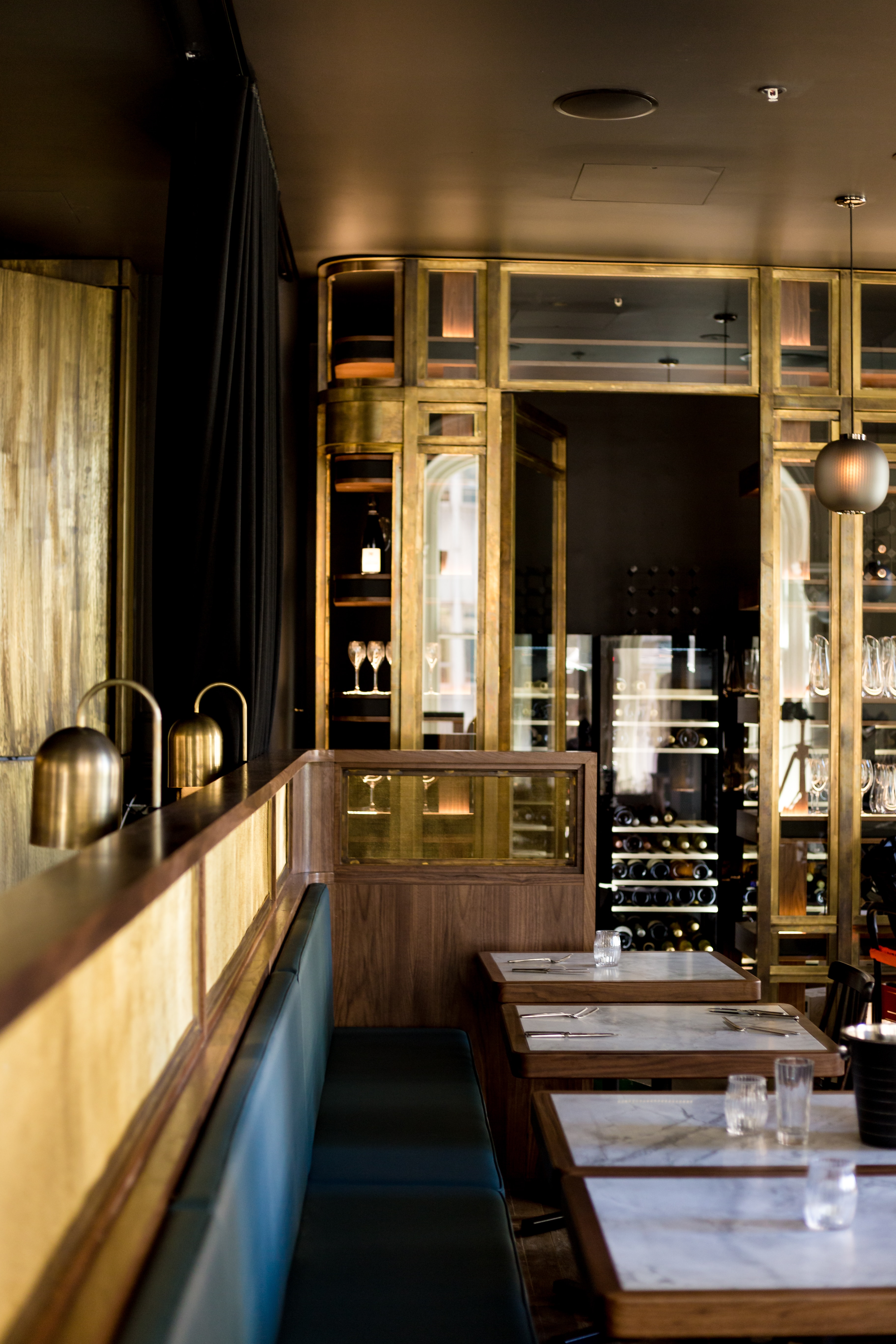
The Experience
Here’s an interesting thought. Can you charge more for menu items simply because the space is more appealing? It’s certainly worked for chain coffee shops over the years. In that instance, the idea is that customers aren’t just buying a cup of coffee, they’re willing to pay more for the experience. In the case of your restaurant, this means everything from the food, the surroundings, the ambience and the theatre of it all. Restaurants these days need to have everything.
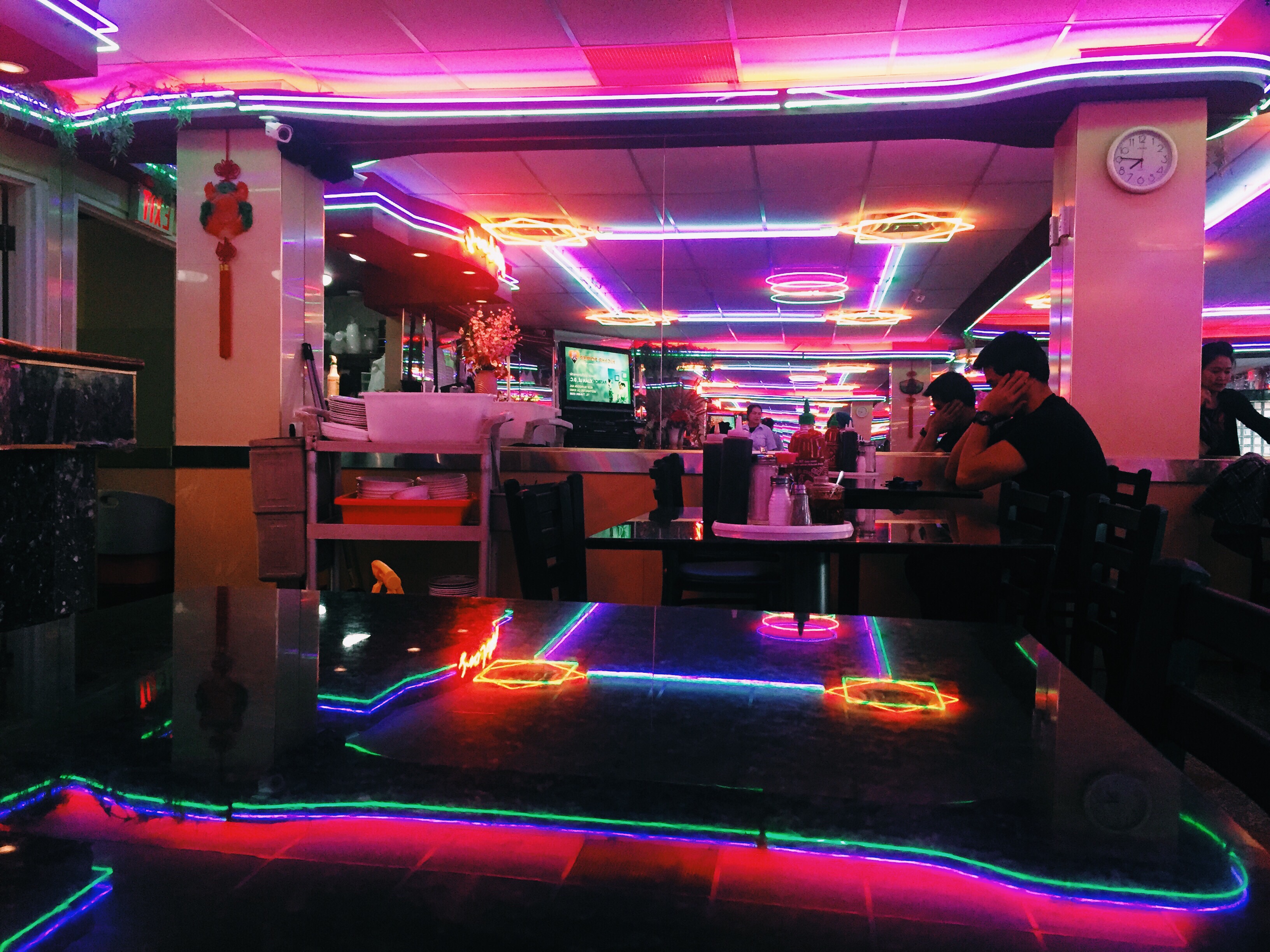
Basile says, “Successful restaurants that continue to flourish have all the elements needed to make it work, including design, operations, food and outstanding service.”
So when you embark on your design journey, hire a great team. That way, your designers can take care of construction, leaving your project manager free to focus on the product and service.
Long Term Gains
A shiny new restaurant can generate a buzz in the short term, but an intelligently designed space also has long term benefits. Paul says, “Something well done has a timeless quality that will stand the test of time, so you won’t have to remodel when trends change or fail. You save money maintaining a well-done place then re-concept every four to five years.”
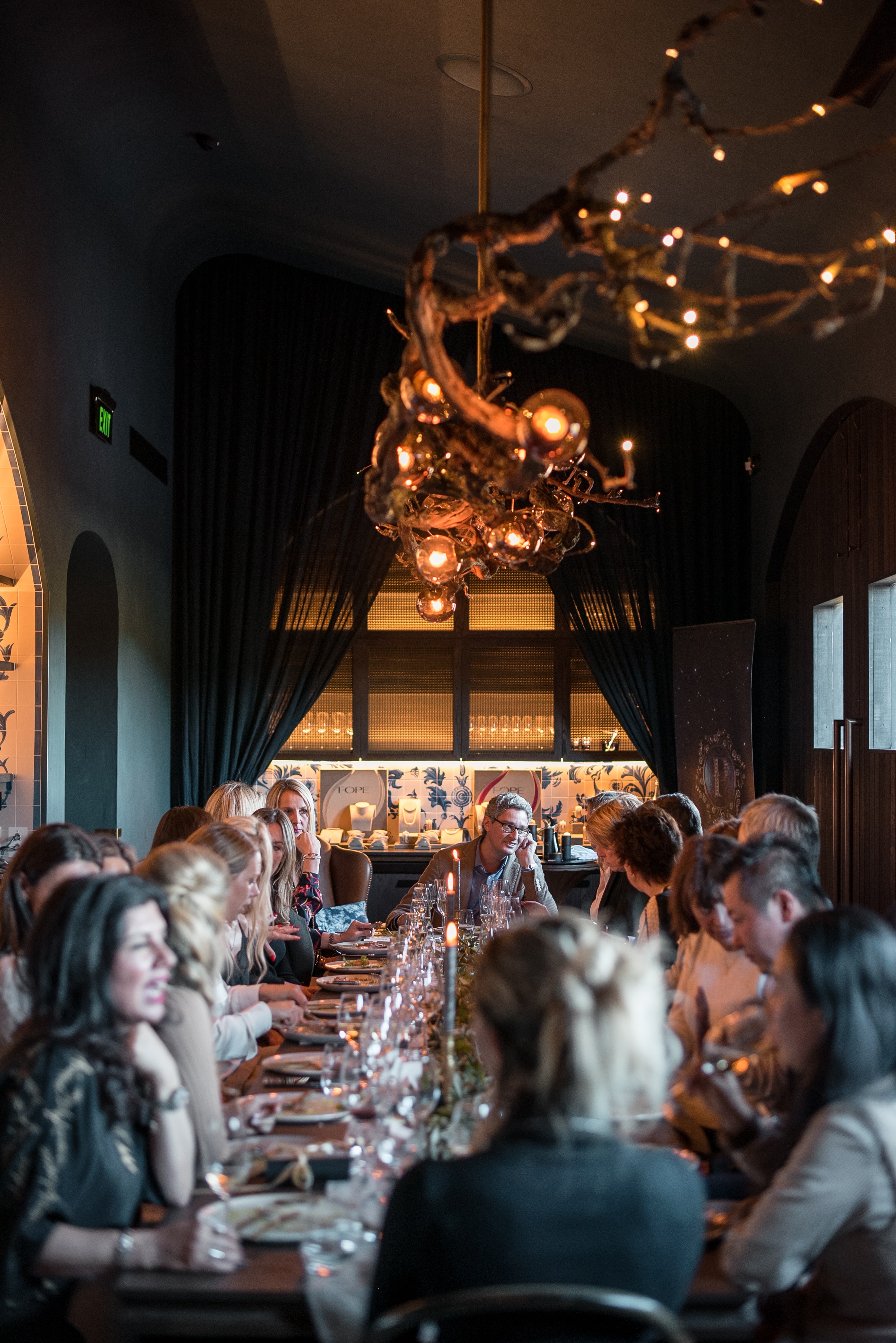
How Much Does it Cost?
At the higher end of the investment scale, some restaurants are spending up to a cool $7 million, which by anybody’s standards is a lot. However, anything more than this and I’d say it would be very difficult to recoup that investment by selling only food and beverages. It’s a balancing act that requires you to invest as much as you can realistically afford while maintaining a healthy sum in your bank account as operating capital.
Budget-Led Design
Tip from the top: know your ROI goals and stick to the budget. It’s tempting to go all out when designing your restaurant, but beware blowing the budget on looks and not having enough for the day to day. Basile is at pains to stress that you need to budget early on and then work backwards. “Your design will help you navigate the process but at the end of the day it’s your decision to spend what you want. Of course, we’re always happy when clients go as far as we’ve gone because it allows us to explore new ideas and stay extremely relevant!”
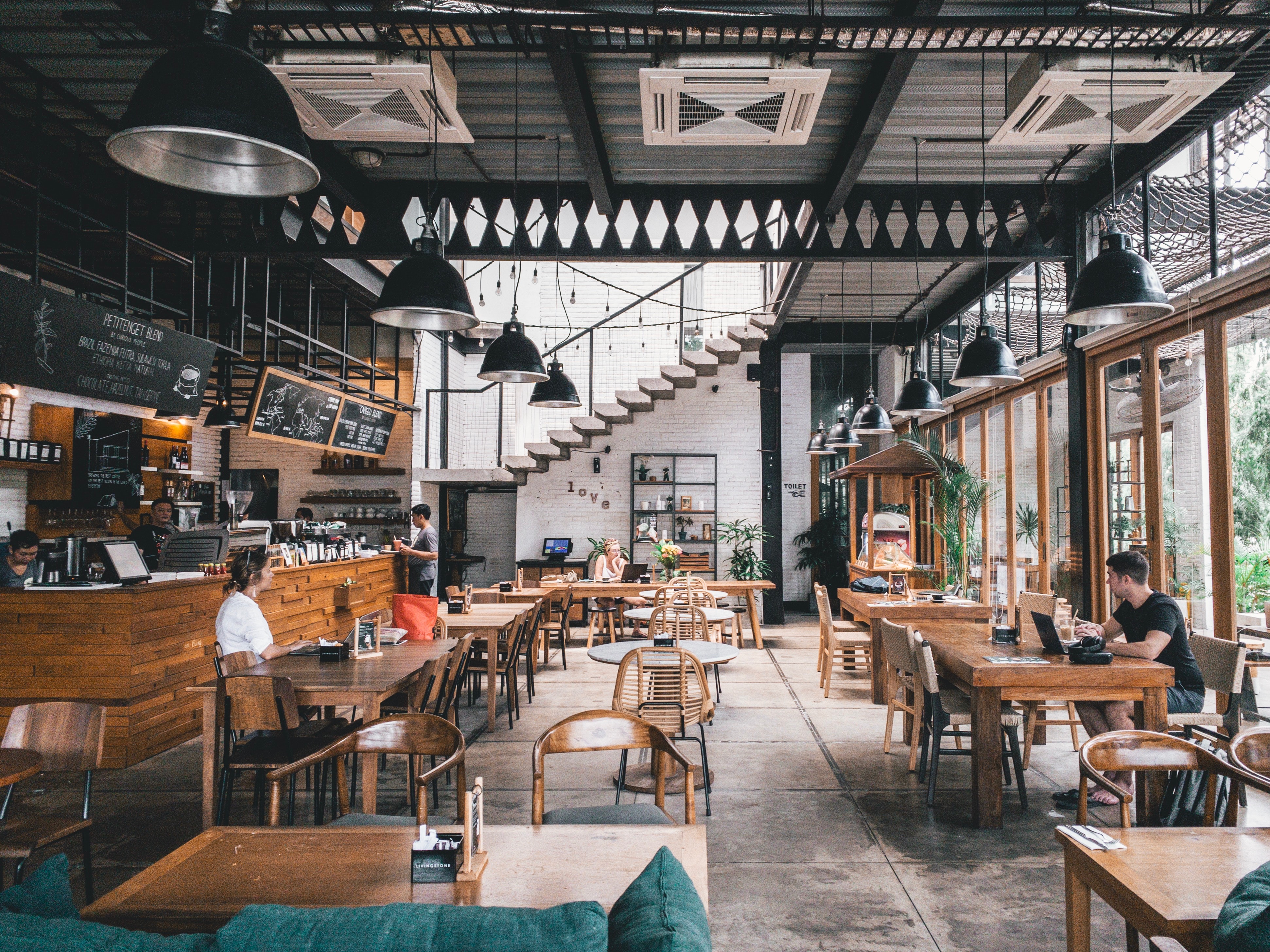
Hold on, what about the much-loved dive bars that you find in every city in America? They’ve been around for ages and still attract hordes of customers without spending a dime on design. And is all this focus on looks distracting customers from the main event: food, drink and atmosphere? Is this endless string of eye-catching eateries encouraging a kind of attention deficit? Maybe. However, the trend for heavily-designed restaurants looks set to stick around. Basile says, “Restaurant owners have a natural desire to compete. So when you see other restaurants doing a good job, you have to keep up.”
The Crunch
The upshot is that restaurant design undeniably makes up a significant part of the attraction for customers, but it’s hard to put a figure on just how much additional traffic (and subsequently, how much money) it generates. The fact remains, however, that a well designed space often generates crazy levels of interest that can propel a new opening into healthy numbers, even if the product isn’t the best on the market.

